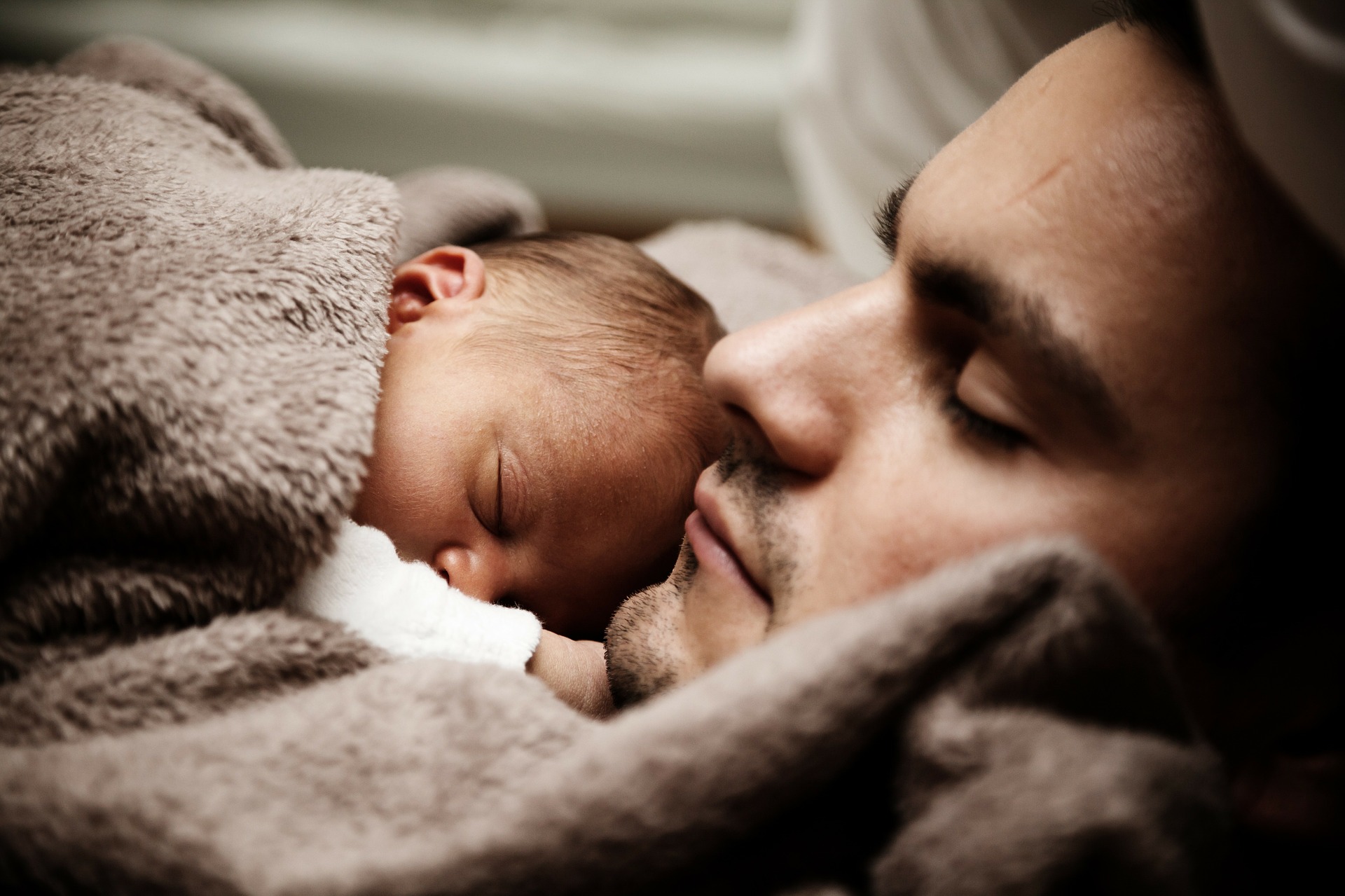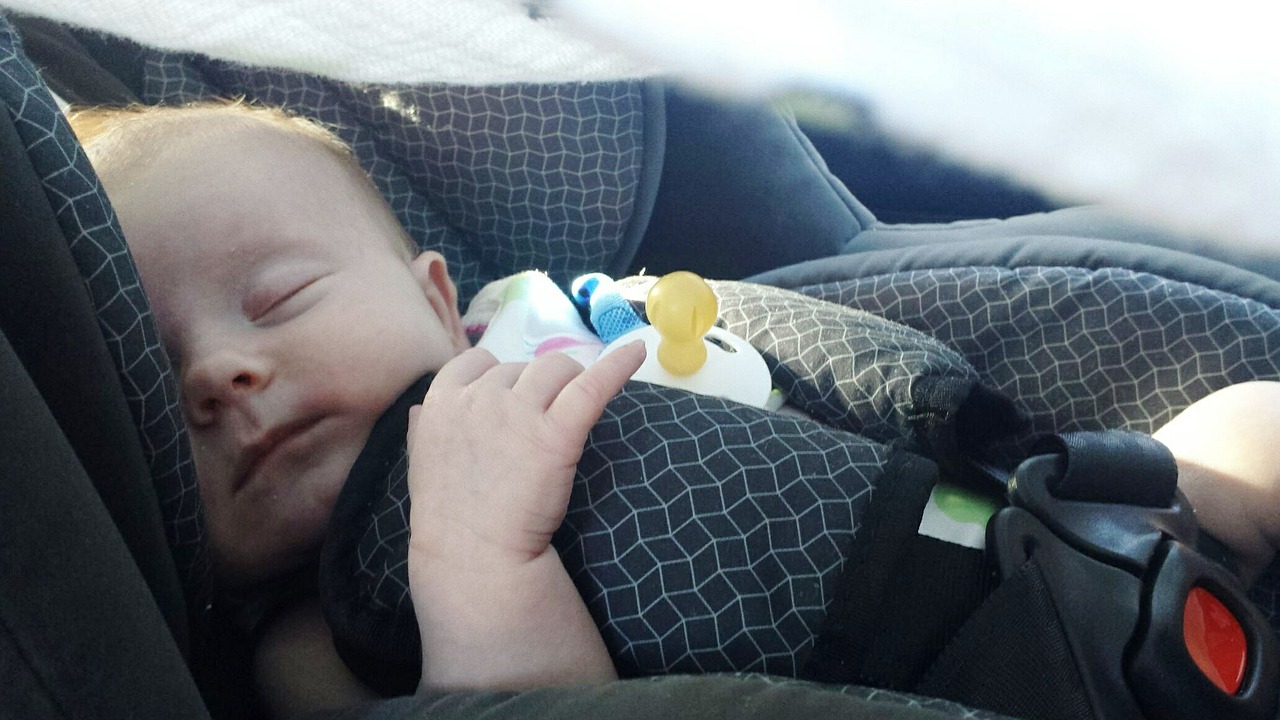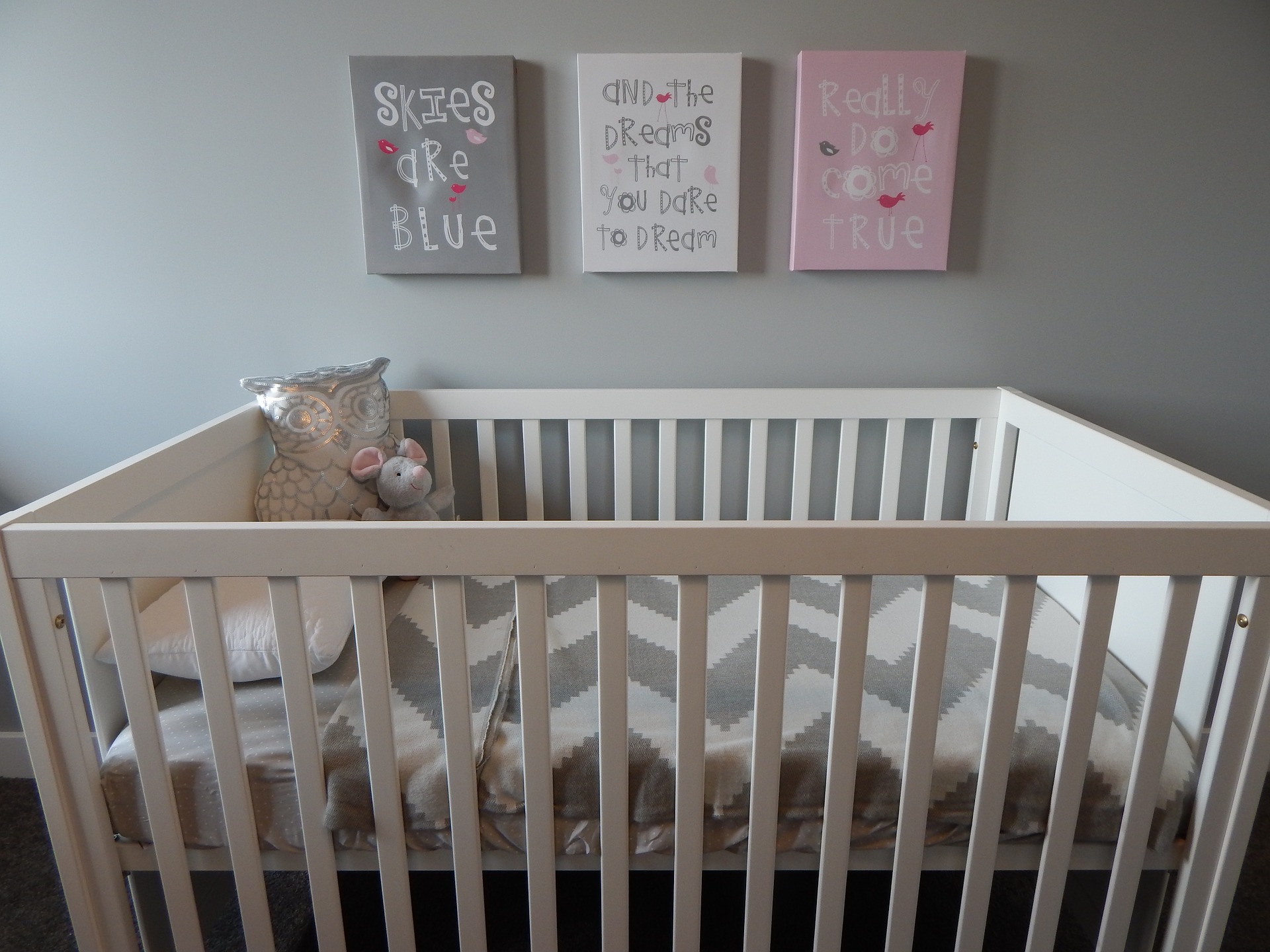Stop Sabotaging Your Kid's Sleep
If your nights are an endless cycle of wake-ups, you’re doing something wrong. Try these tweaks for babies, toddlers, and preschool-aged kids. Babies
1. Stop being his bed.
Moms and dads tend to spend too much time rocking and holding their infant at the beginning of the night. “As a result, a baby learns to fall asleep with this 43help—and then when he wakes up during the night he can’t get back to sleep alone,” says Parents advisor Judith Owens, M.D., director of the Center for Pediatric Sleep Disorders at Boston Children’s Hospital. Anything goes during the first few weeks, as you attempt to get your baby to bed however you can. But by 3 months, put him down in the crib drowsy but awake. Although he’ll cry for a while, soon he’ll learn to drift off by himself.
2. Avoid napping on-the-go.
As much as possible, your baby should nap in her crib. “If she often falls asleep in a stroller or a car seat, she’s going to associate motion with sleep and have a hard time nodding off without it,” says Parents advisor Jodi Mindell, Ph.D., associate director of the Sleep Center at The Children’s Hospital of Philadelphia. Your rule of thumb? Aim for 50 to 75 percent of her naps to be in a bassinet or a crib.
3. Separate feeding from bedtime.
When her son was a baby, Angela Mattke, M.D., a pediatrician at the Mayo Clinic Children’s Center, in Rochester, Minnesota, would breastfeed right before putting him down. “Because of this, whenever he’d wake during the night, he wouldn’t fall back asleep until I breastfed him,” she says. At 8 months, when he was still waking three or four times a night, she decided to switch the routine and start sleep-training. After a challenging week in which she gradually allowed her son longer times to calm himself before returning to the room (and not offering additional nursing), Dr. Mattke’s son learned to self-soothe. You may be able to avoid this problem by finishing your baby’s final feeding before you start his bedtime routine. Also try to feed him in a room other than his bedroom so he doesn’t associate nursing with sleep.
4. Pick a method you can manage.
When you’re ready to sleep-train (no earlier than 4 months), you have two options, says Lisa Medalie, Psy.D., director of the pediatric-insomnia program at The University of Chicago Medicine. You can put your baby down awake but drowsy and let her “cry it out” without reentering the room. Or you can slowly increase the time between check-ins the first night, from every five minutes for three nights, to every 10 for the next three, and so forth, until you no longer go in at all. If you choose the gradual method, don’t rub your child’s back or make eye contact. Just make sure your baby sees you, then walk back out of the room.
5. Let your baby make some noise.
Don’t come running the instant he makes a peep during the night. “Give him a chance to work it out for himself and see if he falls back to sleep without your help,” says Dr. Mindell. Worrying about an older child who shares the bedroom? Don’t. Chances are she won’t wake up (and if she does, she’ll probably roll over and keep snoozing). “If you go in every time you hear a sound you’re going to create a sleep monster,” warns Dr. Mindell.
Toddlers
1. Dial down daytime sleep.
Most kids transition from two naps to one between 15 and 18 months. If you’re letting your child nap too much during the day, she won’t be tired enough to fall asleep at bedtime. Limit your toddler to no more than three hours’ total daytime sleep.
2. Have him nap early.
Make sure your toddler doesn’t snooze too late in the afternoon, since this will make it harder for him to drift off at night. “Naps shouldn’t start later than 2 p.m.,” says Dr. Medalie. Except when it’s unavoidable (such as at a childcare center), your child’s sleep location should be consistent. “Toddlers should be napping in their bed—not on the couch, not on your bed, and not on the floor,” says Dr. Medalie.
3. Keep her in the crib.
Lots of parents feel they need to move their toddler to a big-kid bed by age 2. Not true. Think about it from your child’s point of view: “You’re taking away her safe haven—and toddlers don’t always have the behavioral control to stay within the boundaries of a bed,” says Dr. Mindell. Unless your toddler is climbing out of her crib regularly, it’s best to wait until around age 3 to make the switch.
4. Eliminate excitement.
Rethink your bedtime routine if it includes a tickle fest. The hour before bed should be quiet and soothing. “If your child is racing around, it’ll make falling asleep harder,” says Dr. Owens. Your evening regimen should consist of three or four relaxing activities, such as reading, singing songs, playing quiet games, and talking about her day.
5. Lay down the law.
“Once my kid started sleeping in a big-boy bed at age 3, we made a rule that he had to stay there,” says Dr. Mattke. “He could call us, but he couldn’t go out to find us.” If your child comes into your room, make sure he’s not sick—then walk or carry him back without delay.
Preschoolers
1. Power down.
Shut off the television, iPad, and smartphone for at least an hour before bedtime. The blue light they emit suppresses melatonin secretion, making it more difficult to fall asleep.“Using devices in bed can also be literally confusing to your child’s brain: ‘Am I supposed to be falling asleep in here or playing games?’ ” notes Dr. Owens.
2. Break away from his bedroom.
Need to kick the habit of lying next to your child until he drifts off? Slowly transition yourself out over a few nights. “First sit at the edge of the bed as he falls asleep, then move to a chair in the middle of the room. Next move to the doorway, and finally go out into the hallway with the door open,” says Dr. Medalie.
3. Stay zen about bedwetting.
While it can be frustrating when your preschooler wakes up wet in the middle of the night, don’t make a big deal out of it. “Bladder maturity varies widely among children. It’s normal for a child to have accidents at night until around age 7,” explains Dr. Mattke. Quietly and matter-of-factly ask your kid to change into dry clothes while you change her sheets. If she regularly has accidents, it may help to use a waterproof mattress pad.
4. Incentivize bedtime.
If your preschooler constantly resists going to bed, avoid arguing and making threats. Instead, set up a favorite activity as the last step of your nighttime routine. “Give your child something appealing that he’ll look forward to,” says Dr. Mindell. For example, one family she worked with had a son who was obsessed with G.I. Joe, so they made five minutes of playing quietly with his action figures the final step before lights-out.
5. Curb cosleeping.
No matter how tired you are (and how cozy it might be to curl up with your preschooler), don’t let her slip into your bed during the night. “Bring her back to her room, and avoid talking to her or cuddling with her,” says Dr. Medalie. Encourage her to stay put by giving her two “bedtime passes” at the beginning of each night. If your child comes into your room, she must hand one over. If she has one left in the morning, she can exchange it for a sticker. This extra motivation might be all she needs to stay in her own sleep space.
6. Settle for quiet.
Some days your preschooler might still need a nap; some days he won’t. Rather than forcing the issue, set up a rest period after lunch when he can play quietly on his bed if you’re at home. If he falls asleep, be sure to wake him after an hour.
7. Stick with the plan.
Parents often let kids’ sleep habits slide by age 4 or 5. “They cut corners on the bedtime ritual and may stop insisting on a regular bedtime,” says Dr. Owens. Even though your kid may seem big to you, remember that she still needs a predictable routine to settle in for a good night’s rest.
Retrieved From: https://goo.gl/wmVDUu
|
|

















